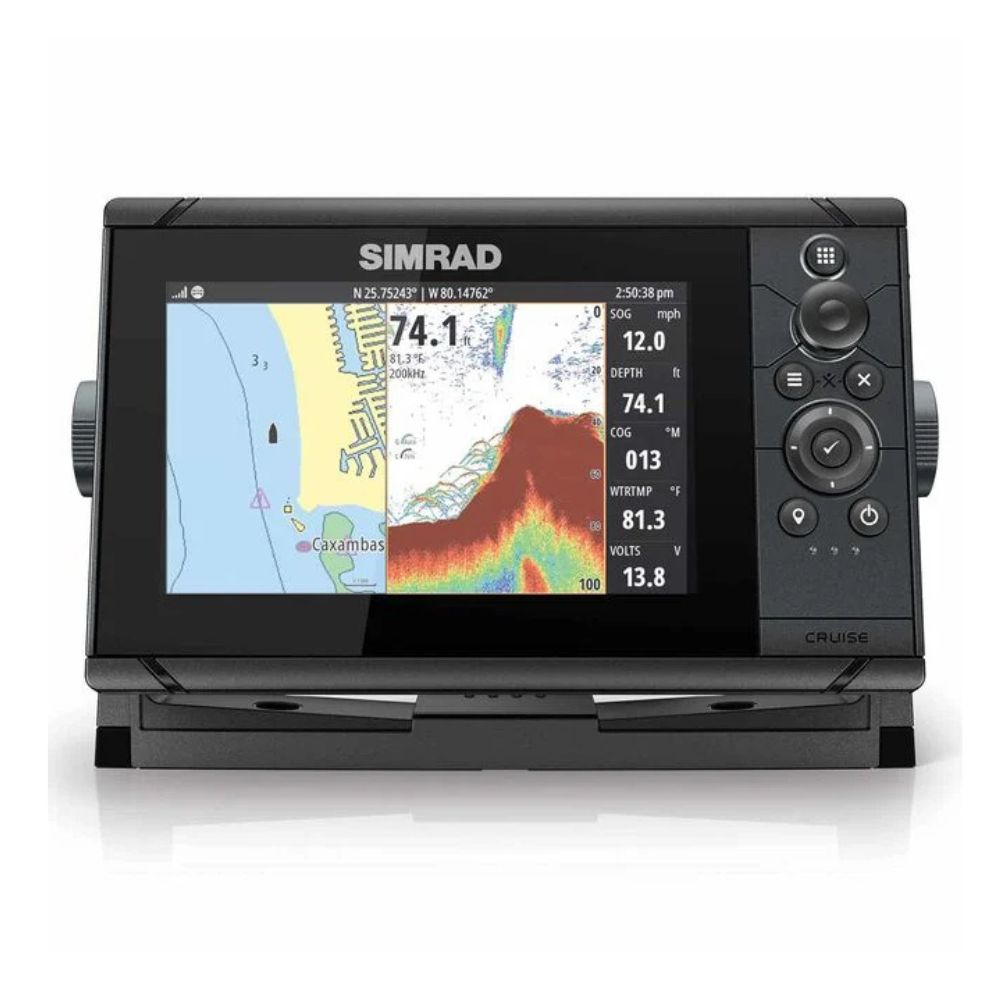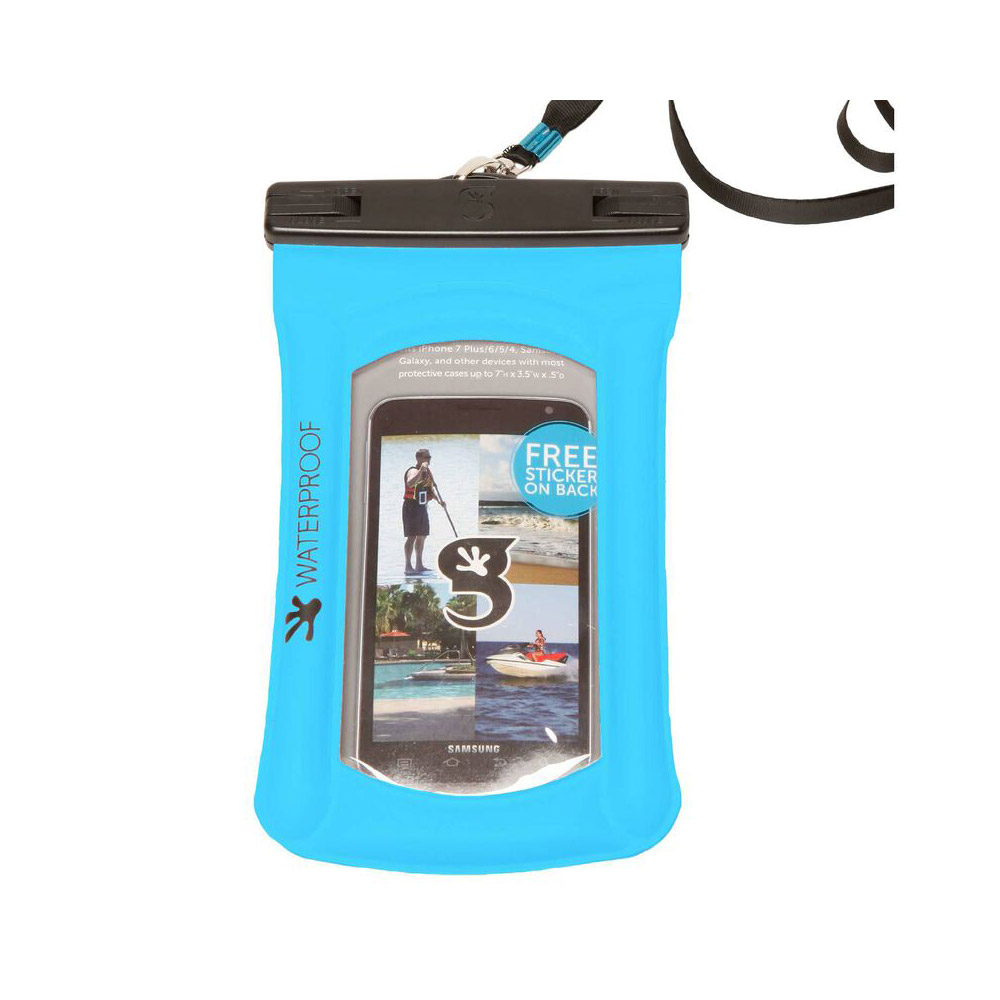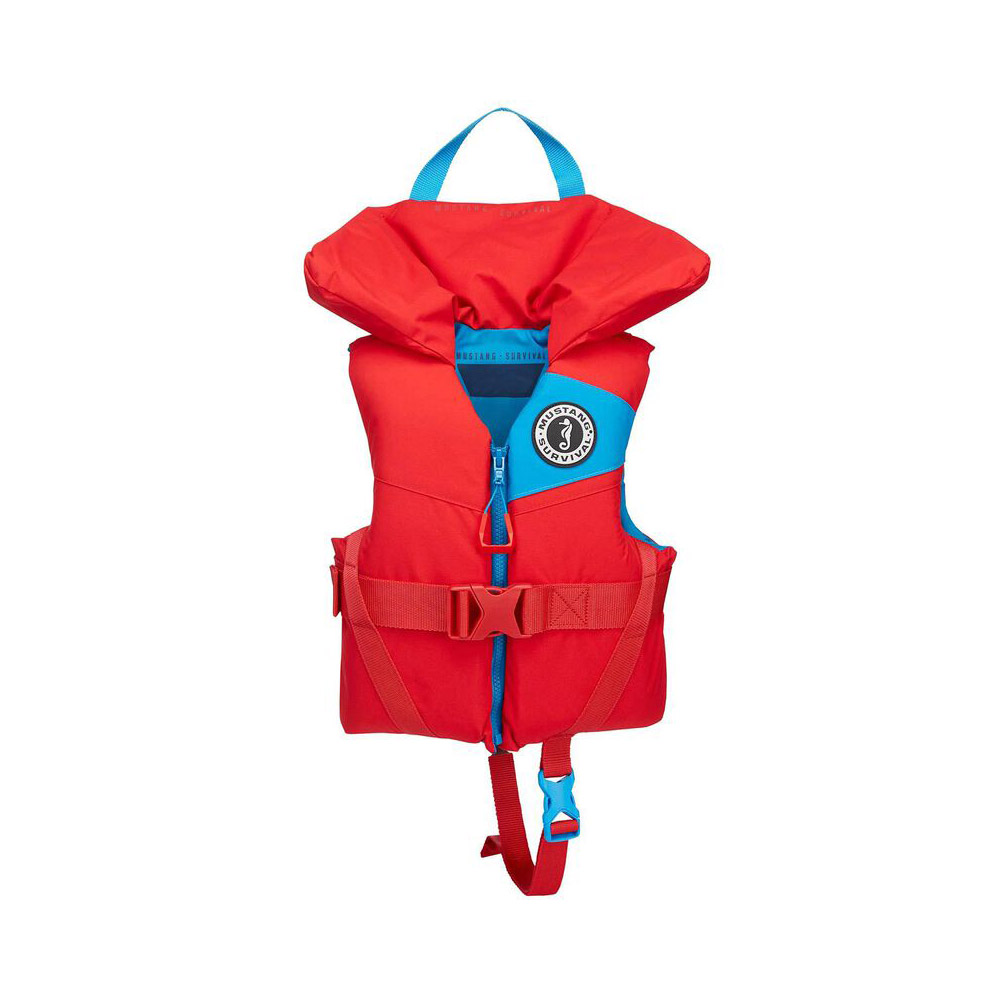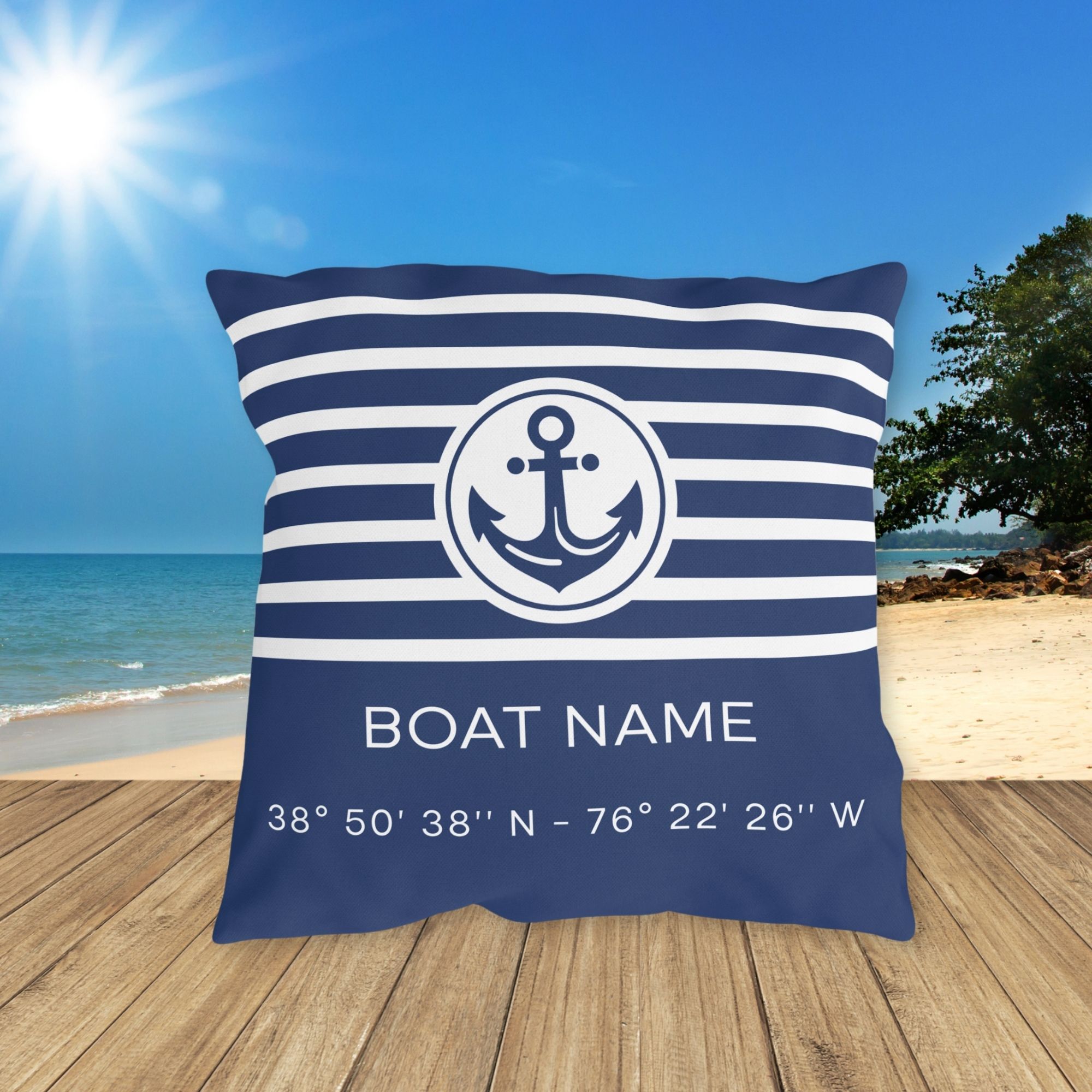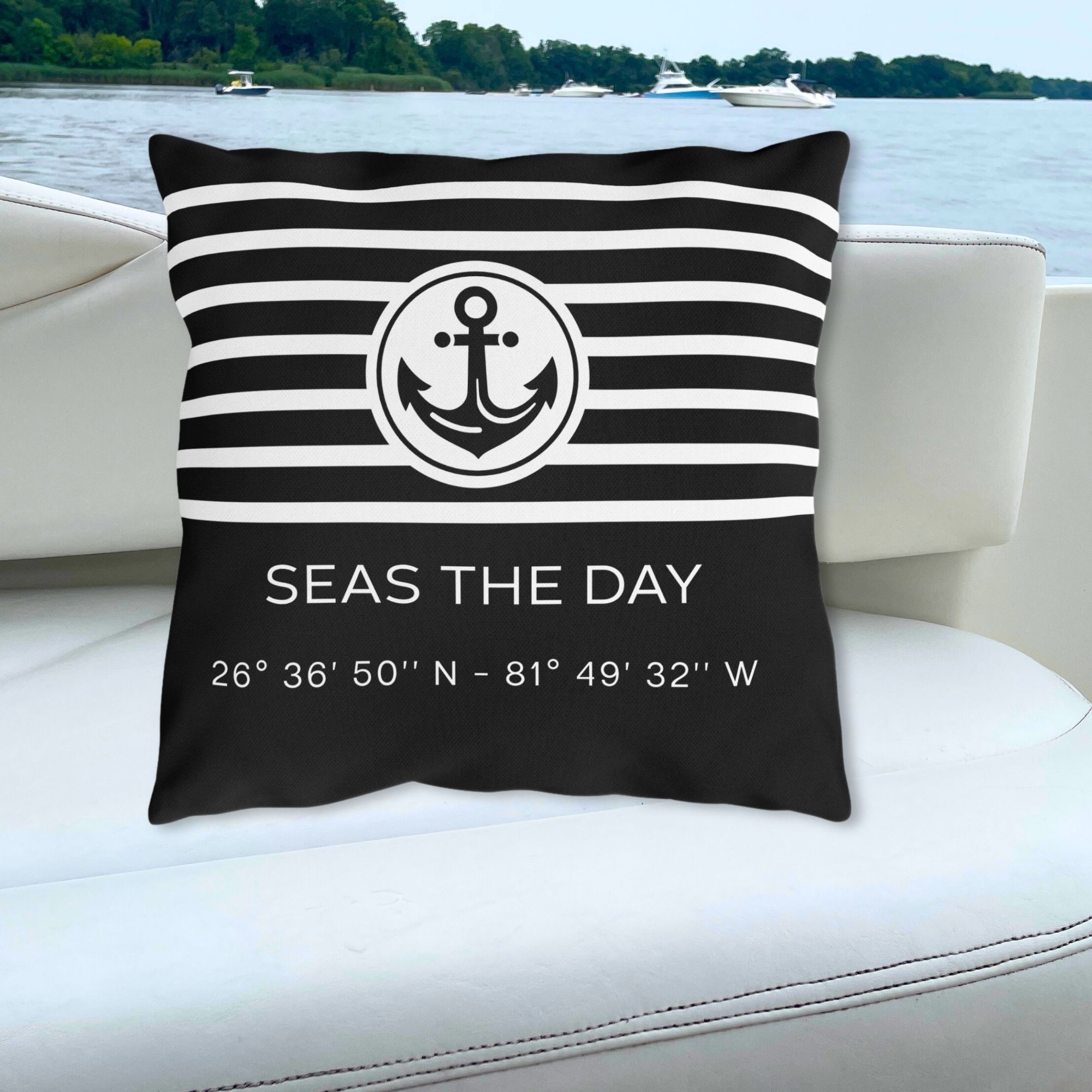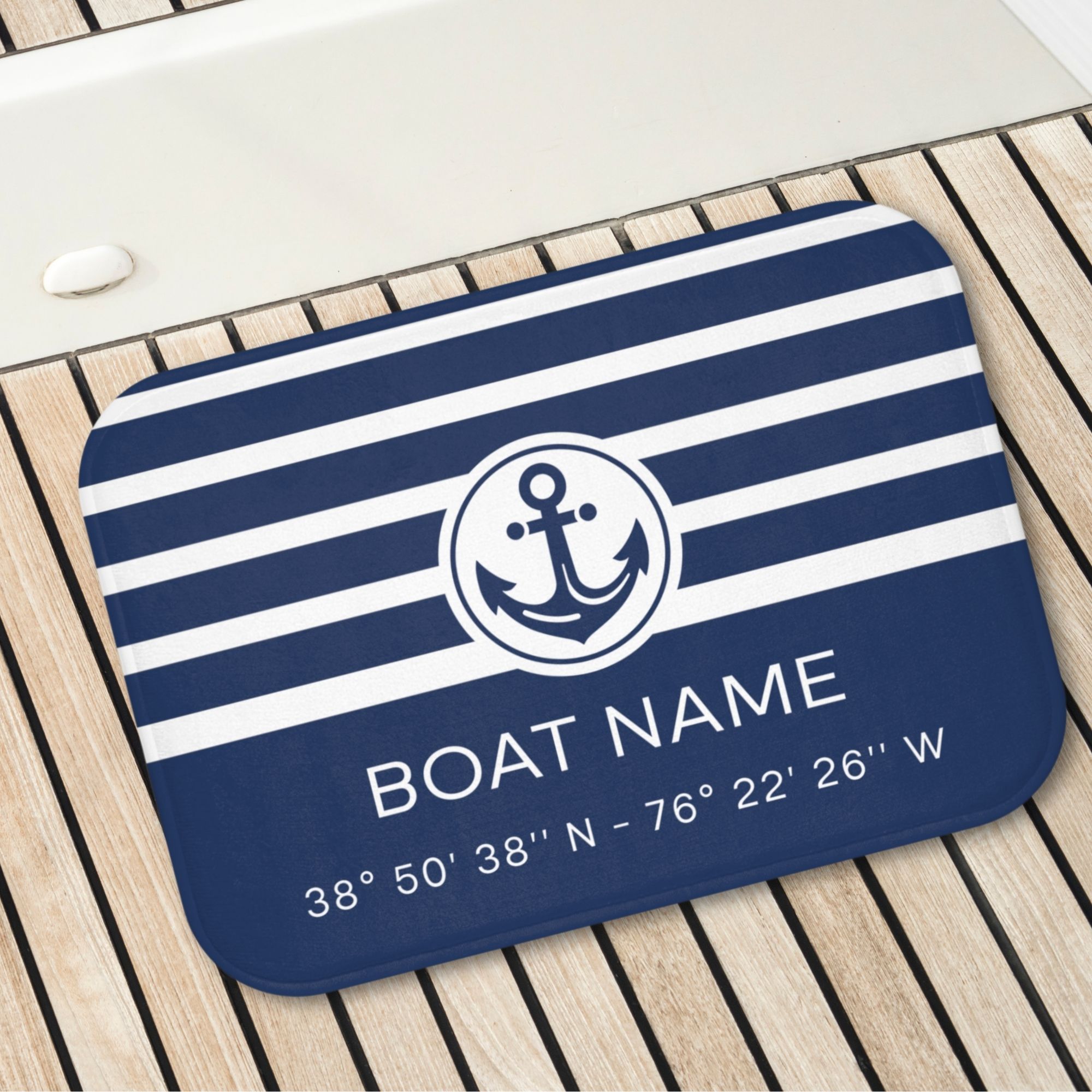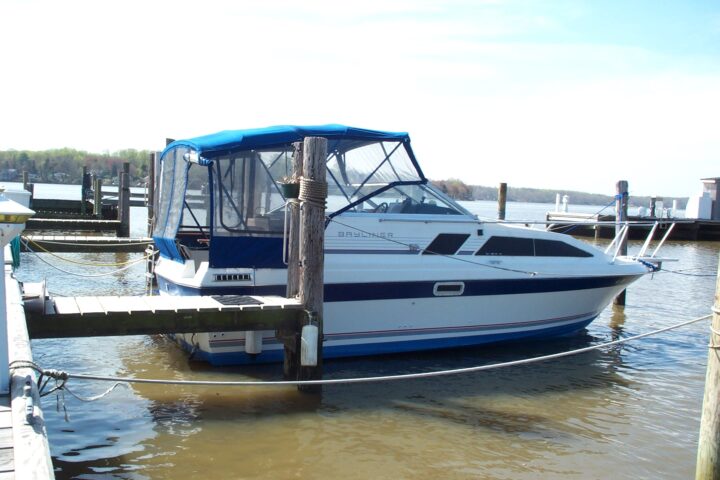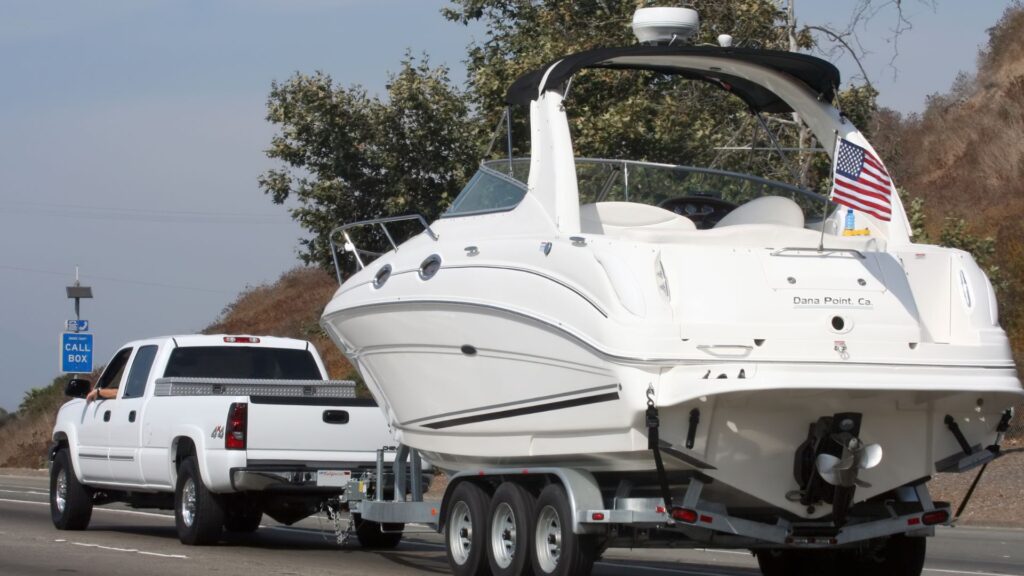
Relocating a boat, across the state or across the country, is no small feat. Recreational boaters often face a complex blend of logistical challenges, safety concerns, and legal requirements when planning a long-distance transit. Careful preparation — from mapping out your route and securing permits to handling logistics and making sure everything arrives safely — can help ensure a smooth, safe move.
Start With Strategic Route Planning
Step one — boaters should map out the route their vessel will take. This varies depending on whether the boat will be transported by water, road, or a combination of both. For land transport, route planning involves knowledge of road conditions, bridge clearances, weight restrictions, and access to marinas or unloading areas.
Account for potential detours, especially if moving through remote or mountainous regions. Boaters transporting their vessels by water should factor in seasonal weather patterns, waterway restrictions, and navigational hazards. Using digital navigation tools and consulting with experienced transport professionals can make this process much easier and more reliable.
Choose the Right Transportation Method
Smaller boats can often be towed using a personal trailer and vehicle, but larger vessels usually require specialized equipment and professional handling. Full-service moving companies offer end-to-end solutions, including disassembly (if necessary), loading, secure transport, and reassembly. They also assist with permits, insurance, and scheduling — critical services that can reduce stress and prevent costly mistakes.
When choosing a transport company, look for one with extensive experience in marine logistics, solid customer reviews, and proper licensing. Ask questions about their insurance coverage, loading techniques, and contingency plans in case of delays or mechanical issues.
Prioritize Safety and Preparation
Before transit begins, boaters must ensure their vessel is properly prepared. This includes removing or securing loose items, draining fuel and water tanks, and protecting delicate equipment with padding or covers. Any antennas, radar domes, or other protrusions should be removed or securely fastened to reduce height and prevent damage.
Inspect the hull for any existing damage and document the boat’s condition with detailed photos. These records can serve as valuable evidence if there’s a dispute over damage during transit. It’s also wise to check tire pressure and trailer brakes if using a personal trailer for towing.
Understand Regulatory Requirements
Transporting a boat, especially over state lines, often involves a web of regulations. Oversize load permits may be required depending on the dimensions of your vessel and the transport method. Local and state transportation departments can provide guidance, but full-service movers often handle this paperwork as part of their offering.
If the vessel’s move includes an international route, boaters must also consider customs regulations, import taxes, and port documentation. Work with a company that has international transport experience to simplify the process, removing red tape headaches so you can focus on other relocation aspects.
Insure for Peace of Mind
Even with the best planning, unexpected events can happen. That’s why having comprehensive insurance coverage is essential. Some homeowners or boat insurance policies include transit coverage, but many do not. Verify with your provider or consider purchasing a standalone transport policy to protect your investment.
Professional movers typically carry liability insurance, but it’s important to understand what their policy covers and where yours might need to fill in the gaps.
Plan for Arrival
Once your boat reaches its destination, you’ll need to have arrangements in place for offloading, inspection, and reassembly if applicable. This might involve coordination with a local marina, crane services, or mechanics. Make sure you’ve confirmed your storage space or dock access ahead of time to avoid last-minute hassles.
If you’re relocating to a new region, it’s also wise to familiarize yourself with local boating laws and licensing requirements. Weather patterns, water depths, and boating culture can vary widely across locations, so a little research goes a long way in making your new boating experience enjoyable and safe.
Smooth Sailing Starts With Smart Planning
Relocating a boat doesn’t have to be daunting. Plan your route, understand regulations, prepare your vessel, and work with experienced full-service movers, so you can ensure a smooth and secure transition. Whether you’re heading to a new marina, moving to a lakeside home, or beginning a new chapter of boating adventures, thoughtful preparation is the key to a hassle-free journey.
With your boat safely relocated, you’ll be ready to hit the water and enjoy the ride — wherever it takes you next.
Trending Now: Must-Have Boat Gear for Your Boat Life
Trending Now: Custom Boat Decor
-
Boat Pillow with Boat Name & LAT LONG Coordinates
Quick ViewBuy on Etsy -
Boat Pillow with Boat Name & LAT LONG Coordinates- Black
Quick ViewBuy on Etsy -
Coastal Blue Stripes Bathmat with Anchor & Boat Name
Quick ViewBuy on Etsy -
Custom Boat Mat with Boat Name & LAT LONG Coordinates
Quick ViewBuy on Etsy
Disclosure: This site may contain links affiliated with companies where we receive compensation. Also, as an Amazon Associate we may earn from qualifying purchases we refer but it does not impact the price you pay. Full disclosure policy.

